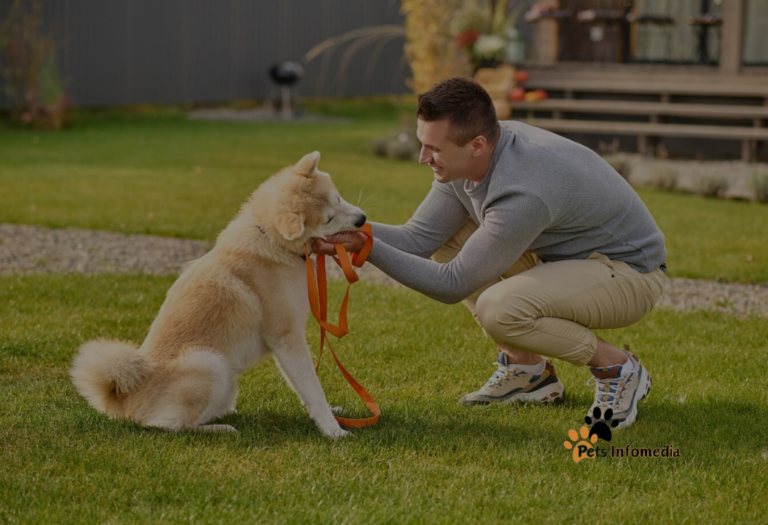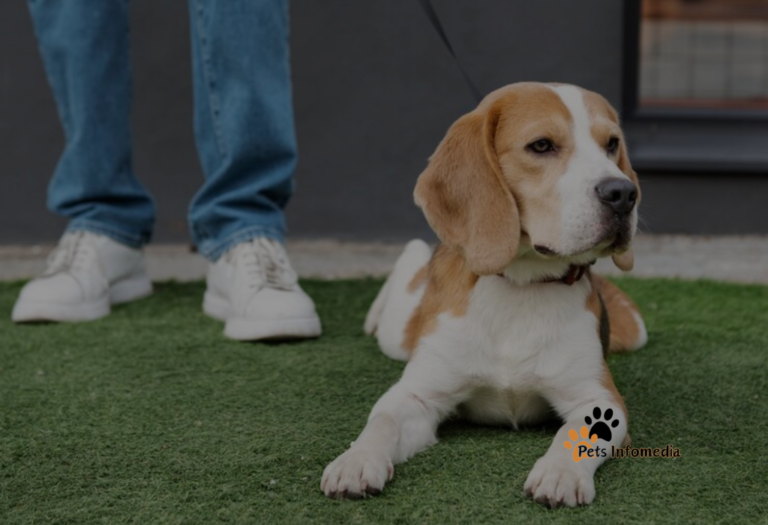If a dog performs a positive behavior in dogs you want him or her to do, then offering a reward like food, praise, or a toy. Dogs are great friends and if properly trained you will always find a lot of joy with them. Experts always advise that dog training should be done through positive methods. This means feeding him or giving him a treat once he does something right to ensure he will do it again. This article will show you how to properly use positive reinforcement in order for your dog to learn good behaviors.
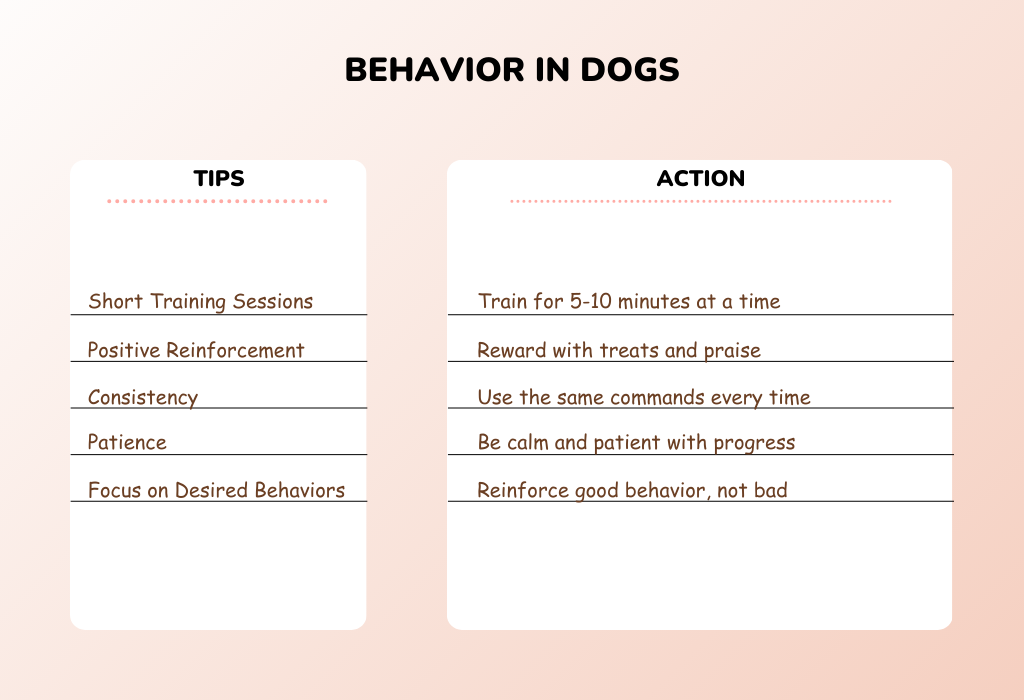
Table of Contents
ToggleWhat Positive Reinforcement?
Positive reinforcement training is a technique in which one encourages good behavior in dogs instead of punishing it for the wrong behavior. It helps your dog learn what kind of behaviors are wanted, and gives them a reason to keep doing the desired actions.
Training Commands
Hearing commands is one of the most important aspects when training your dog. Here are some basic commands you can teach:
- Sit
- Stay
- Come
- Down
- Leave it
You should avoid using many words in your commands because the dog will not understand what you are telling it.
Silver Poodle and Black golden retriever are very intellegent breed, they train very quickly. Know about these breeds
Tips for Successful Training
To make the most of positive reinforcement training, consider these tips:
- Use a Clicker: A clicker is a device that can be used as a marker for positive behavior in dogs or an indication of positive interaction with the animal. This technique is about clicking at the moment when your dog performs that particular action and then rewarding the canine right after that.
- Practice in Different Environments: Train your dog in an environment where there is little to no interference from other stimuli then transfer the dog to areas with lots of interferences when it has improved on the commands.
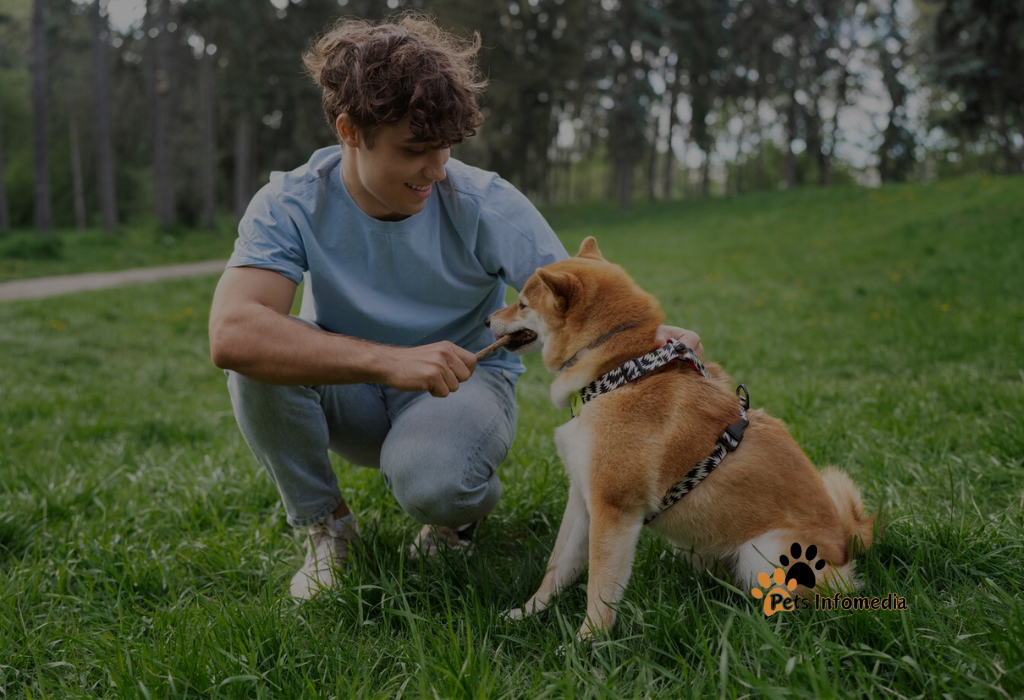
- Be Patient: Learning takes time! If your dog doesn’t get that right you should not be angry or be upset. Don’t give up and every day try to do something new, all is not lost.
- Involve Family Members: To prevent any confusion the commands and rewards should be done in the same manner by all the members of the household.
How to Use Positive Reinforcement?
Here are some simple steps to effectively use positive reinforcement in your dog’s training:
- Identify the Behavior: Identify which behavioral outcome you would like to promote. For instance, if you would like your dog to sit on command then put your attention on that command.
- Choose a Reward: Identify what your dog is willing to give his attention for, be it chow, toys or words of encouragement. As long as it is something which they really love doing.
- Reinforce Immediately: Make sure to provide the reward immediately after the particular behavior is exhibited. You must understand that this enables your dog to relate to the action as a response to the reward.
- Be Consistent: Always use the same commands and rewards. Consistency is also an effective way of letting your dog learn faster.
- Keep Training Sessions Short: Dogs get bored easily, so you should avoid spending too much time training them at once; 5-10 minutes will suffice.
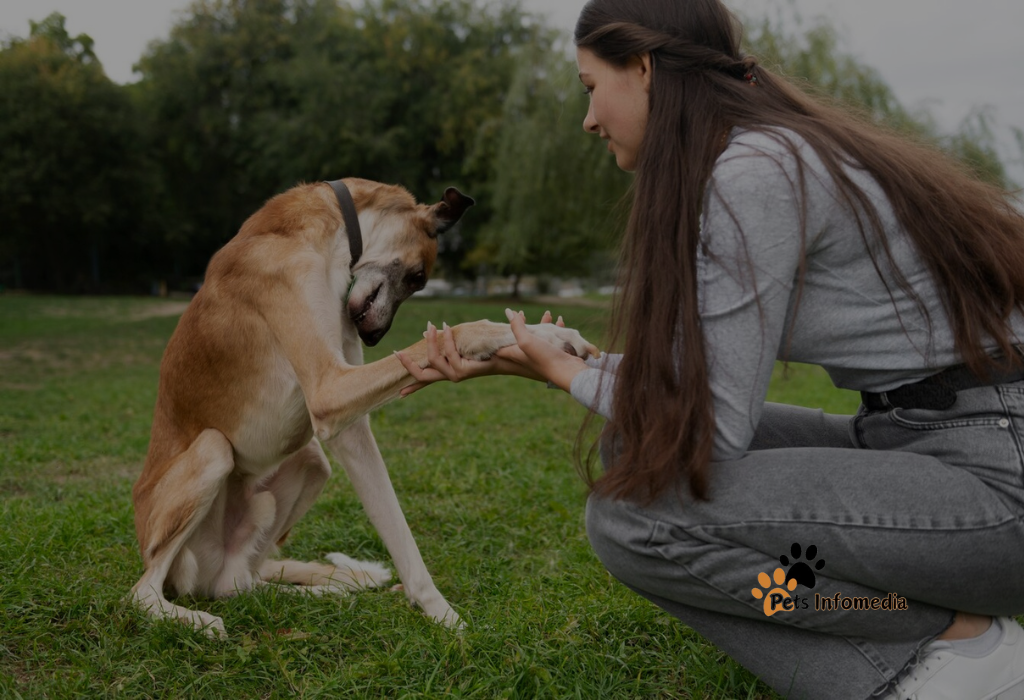
Three things which motivate to train dogs for positive behaviour?
- Treats: This is the first and, possibly, the most effective way to make your pup be polite.
- Toys: Just like with people, every dog is different and has its own personality and even its preferences.
- Attention: Do not ignore the acts of dogs, always pay attention when dogs are playing or busy in activities.
FAQs
What is the fastest way to train my dog?
Be consistent with the commands used and always reward them as soon as they do the right thing.
Should I punish bad behaviour?
No, there should be an emphasis on positive reinforcement rather than punishment.
How long does it take to train a dog?
It depends but in the beginning, one can only dedicate a short duration of a day to the practice.
What are the best training rewards?
Small pieces of food, chews, toys, and a few words of encouragement are preferred.
Can socialization improve my dog’s behaviour?
Yes, it decreases fear and promotes confidence.
If you know more about interesting facts about pets, stay tuned at petsinfomedia.com.

